Le Mans still matters because it compresses the problems of motorsport into one continuous system test: mechanical reliability, driver consistency, and pit work under fatigue. The 93rd running on 14 to 15 June 2025 at Circuit de la Sarthe fielded 62 cars and drew a reported crowd above 300,000. Ferrari, Porsche, Toyota, Cadillac, BMW, Peugeot, Alpine, and the returning Aston Martin Valkyrie all entered, which kept the competitive baseline high. The race traces back to 1923; finishing it remains an achievement that manufacturers and fans can calibrate against a century of results.
The pre-event narrative emphasized a factory Ferrari vs Porsche vs Toyota contest, with Cadillac’s single-lap speed as a potential disruptor. That framing looked sensible after qualifying: Alex Lynn put the #12 JOTA-run Cadillac at the front with a 3:23.166, and Cadillac locked out the top starting spots. Ferrari, however, was favored on sustained race pace rather than one-lap performance, and Toyota signaled it might need strategy and clean traffic to contend.
The race itself moved on different terms. Ferrari led the early hours with a stable rhythm. A long safety-car period near half-distance reset gaps and brought the #6 Porsche Penske into clear air. Toyota’s #7 incurred a 50-second stop-and-go for pit-lane speeding, which altered its recovery window. The decisive phase came late on Sunday: the AF Corse-operated #83 Ferrari driven by Phil Hanson, Robert Kubica, and Yifei Ye managed traffic and stints without visible errors while the #6 Porsche closed the interval. After 387 laps, the #83 won by 14.084 seconds. The factory #51 Ferrari placed third. The #12 Cadillac converted its front-row start into fourth. The #7 Toyota rose to fifth after officials disqualified the #50 Ferrari for a rear-wing infringement. The top four finishing within roughly half a minute is unusual for a 24-hour race and indicates limited volatility in the closing hours.
Conditions were dry and cool to mild: roughly 16 to 24 °C ambient. That favored long green-flag runs and predictable tire behavior. With track temperature swings contained, outcomes leaned toward teams that executed consistent pit work, managed restarts, and navigated slower-class traffic with minimal time loss. In the support classes, Inter Europol’s #43 Oreca won LMP2; Manthey 1st Phorm’s #92 Porsche repeated in LMGT3.
As an engineer by training, the night-to-dawn transition is always telling. Brake temperatures, tire heat, and bodywork soak all move together; the teams that controlled those gradients looked composed after safety-car releases. In paint-protection work I see a parallel: materials that handle heat cycles predictably tend to deliver longevity when the environment changes.
All in all, initial qualifying speed suggested Cadillac could dictate the story; the race rewarded Ferrari’s sustained pace and the discipline of an independent AF Corse entry. Box score: Hypercar 1) #83 Ferrari 499P, 387 laps; 2) #6 Porsche Penske, +14.084 s; 3) #51 Ferrari; 4) #12 Cadillac JOTA; 5) #7 Toyota after #50 Ferrari was disqualified. LMP2: #43 Inter Europol. LMGT3: #92 Manthey 1st Phorm Porsche.
****
Wessen Char is UPPF’s petrolhead who still mourns the loss of Saab (and drove her 9-5 NG till 2025). She travels between US and Europe to cover auto events. She acknowledges the chic tech of EVs but wonders if the inexorable move to everything digital is ultimately all-better. Analogue had more soul somehow :)



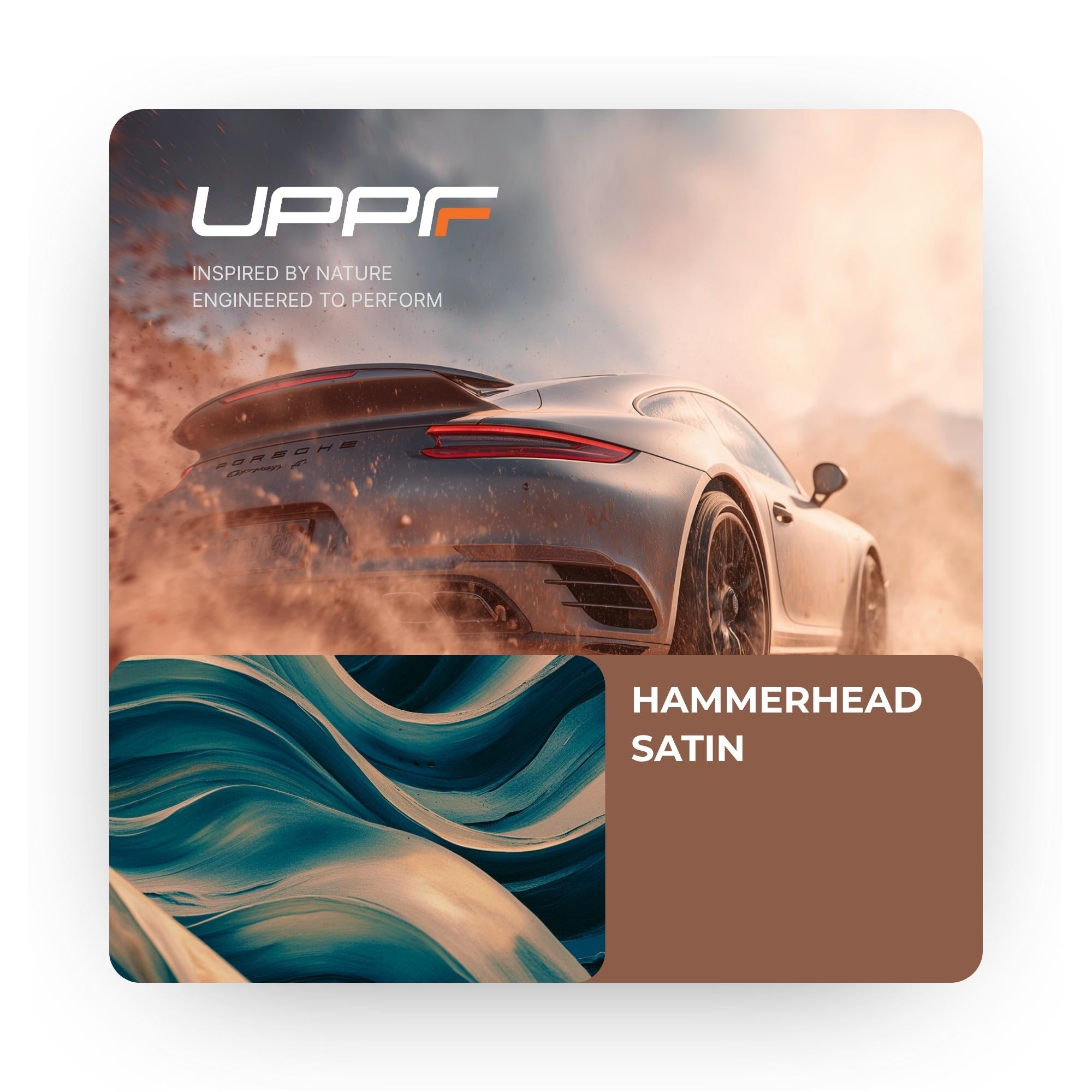
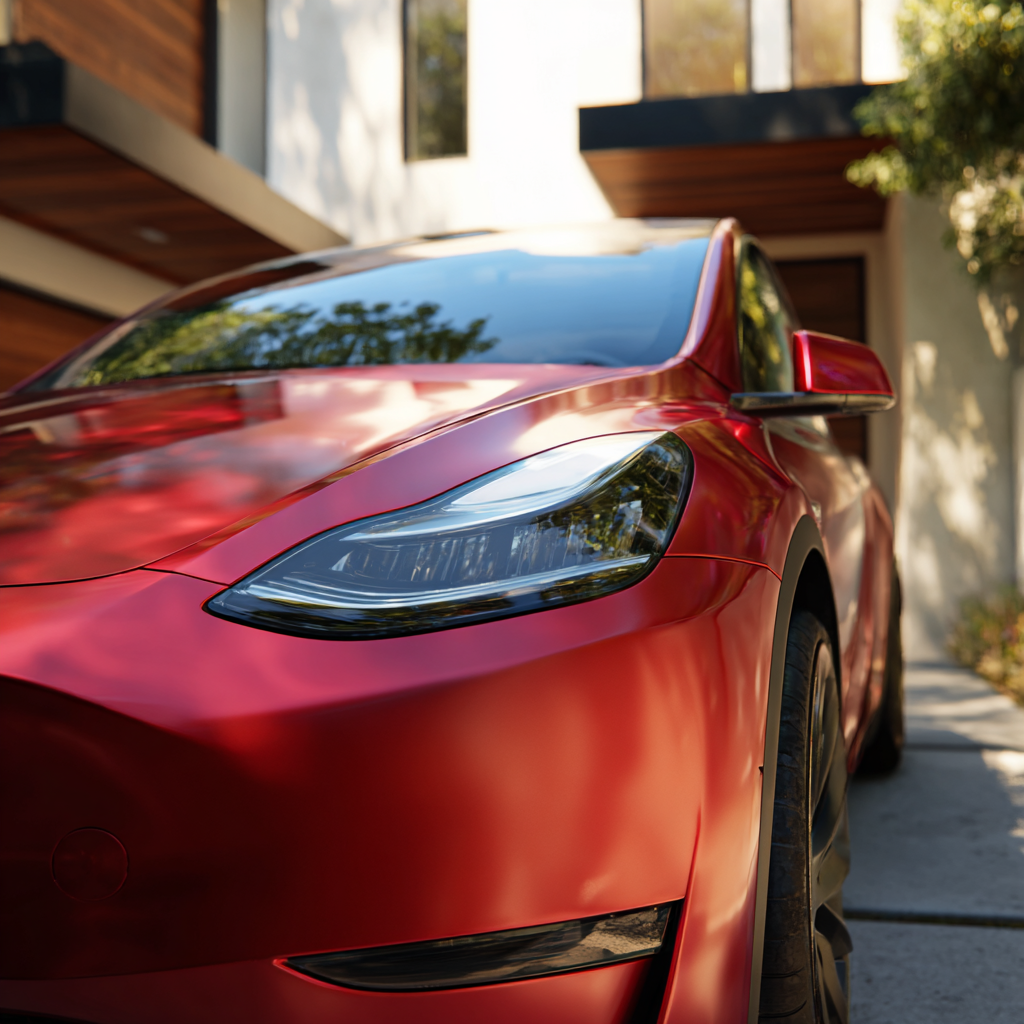

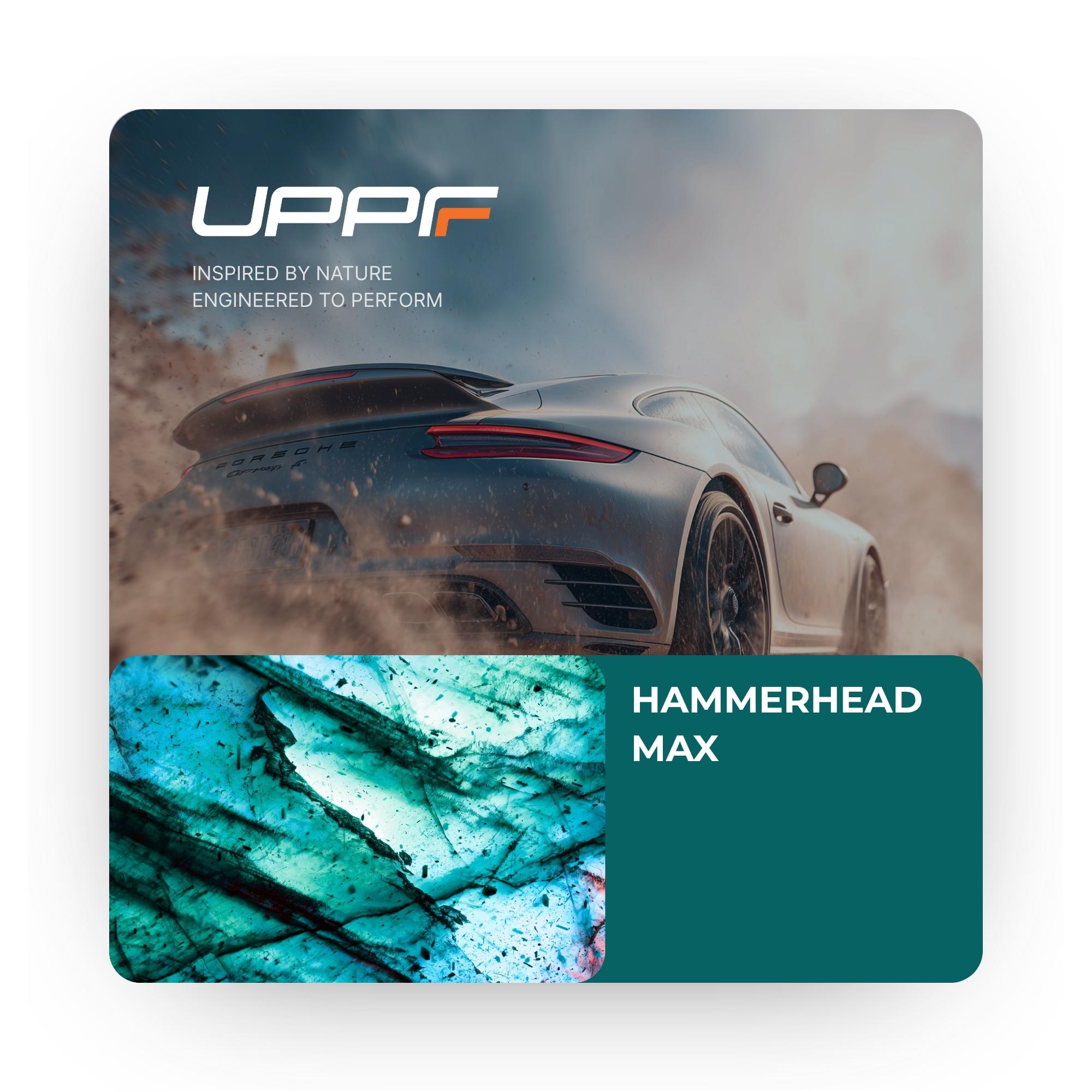
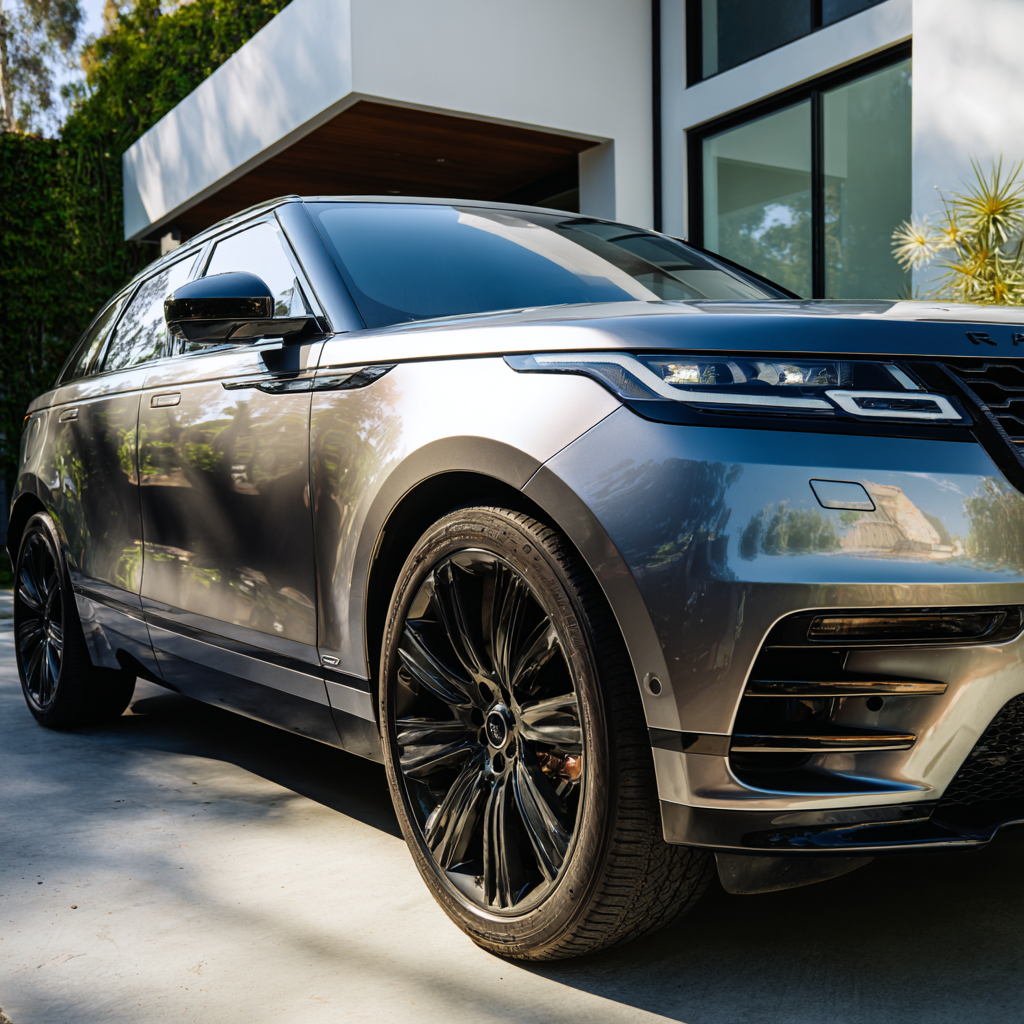

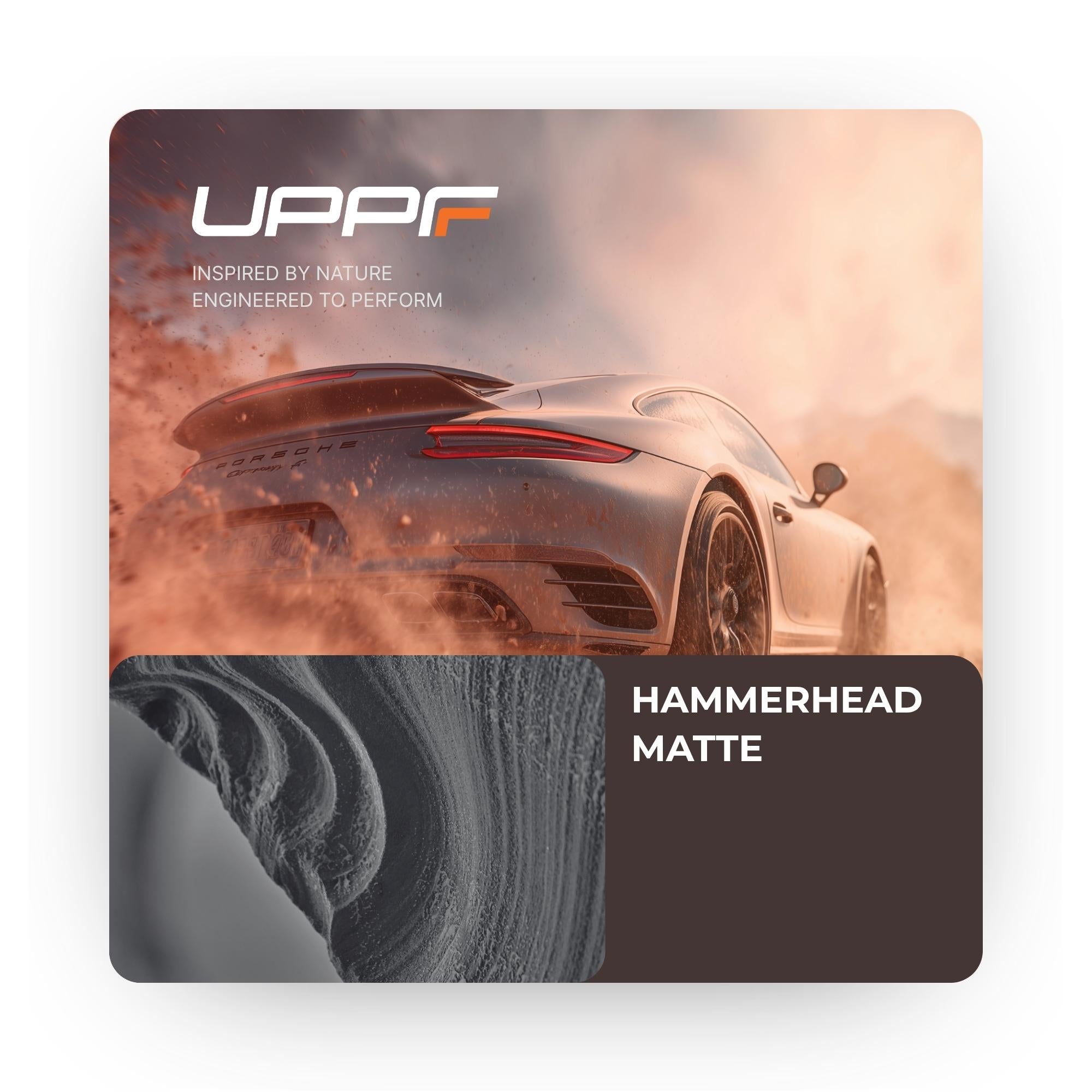

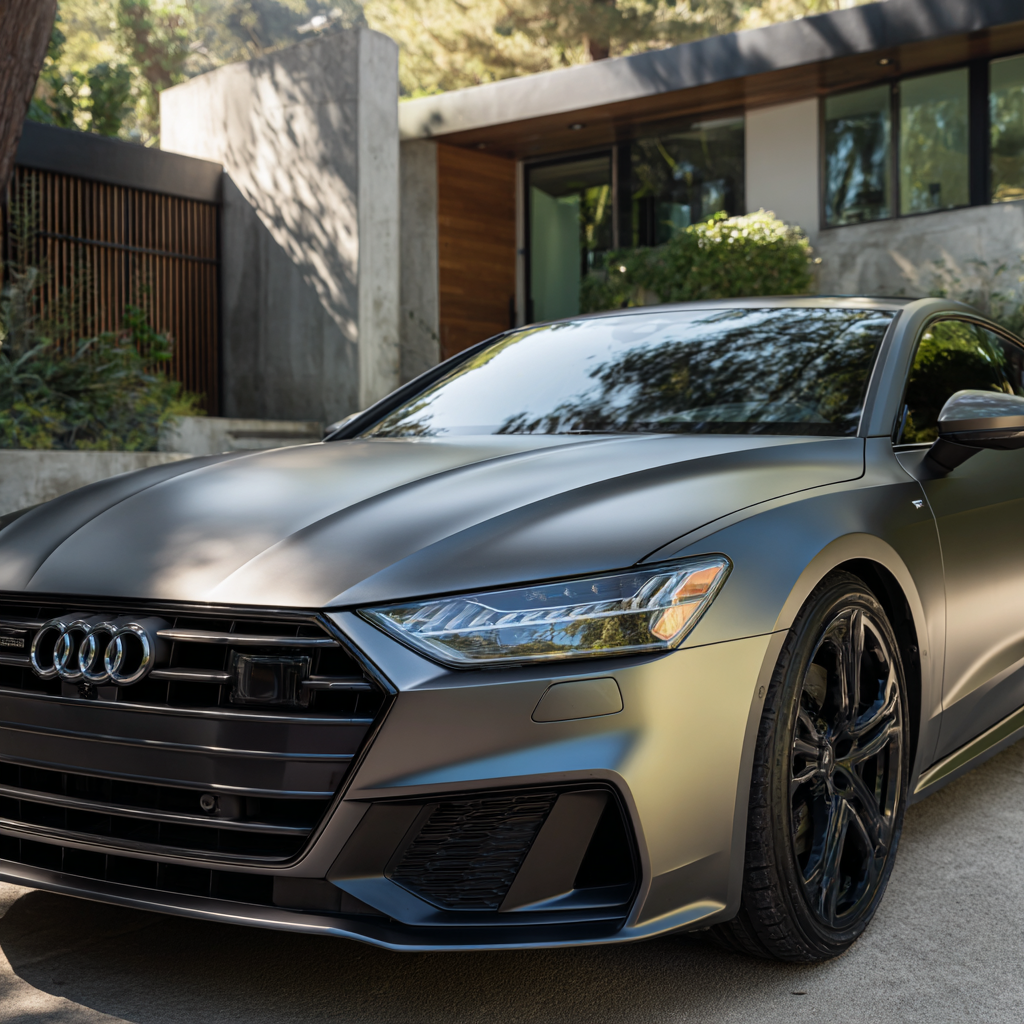
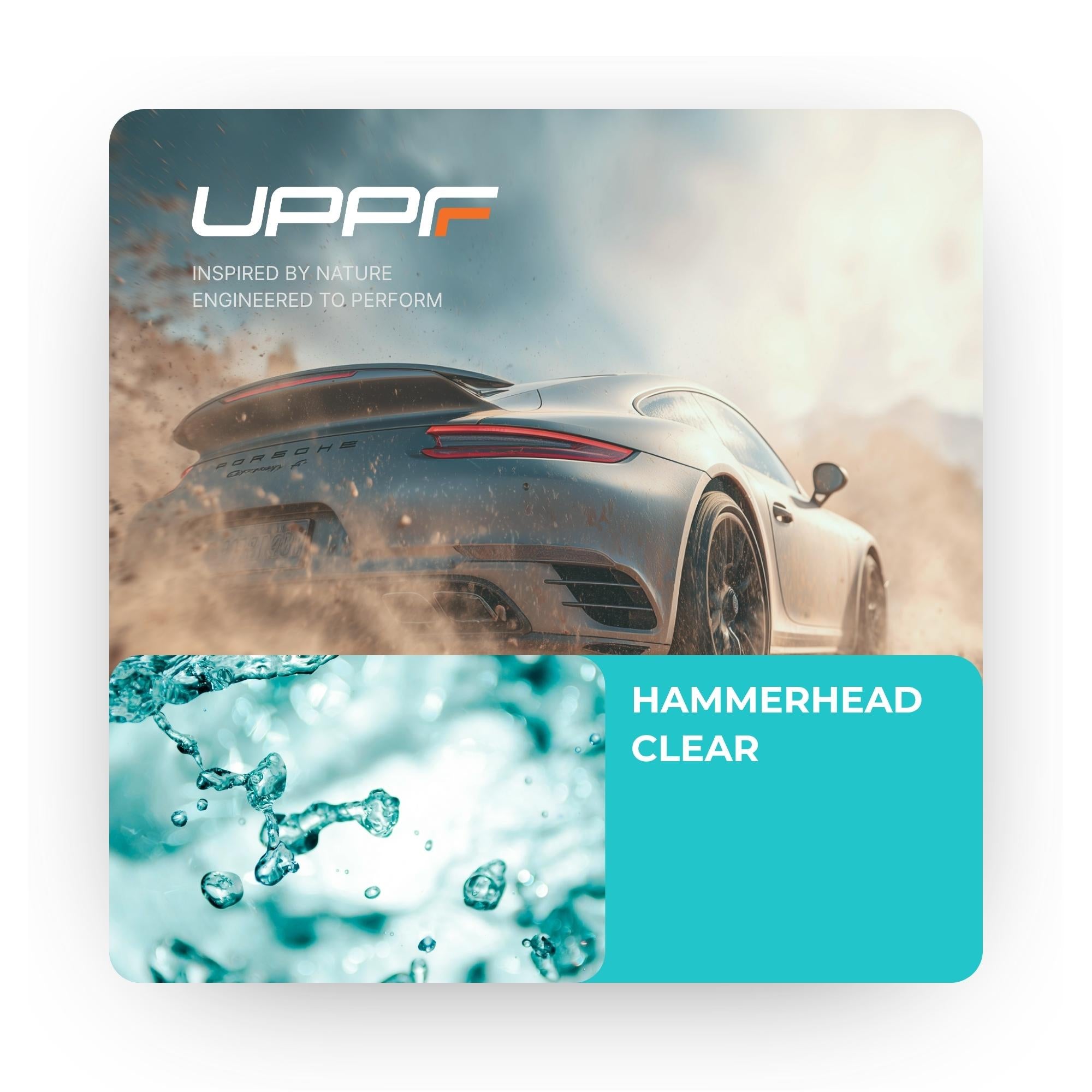


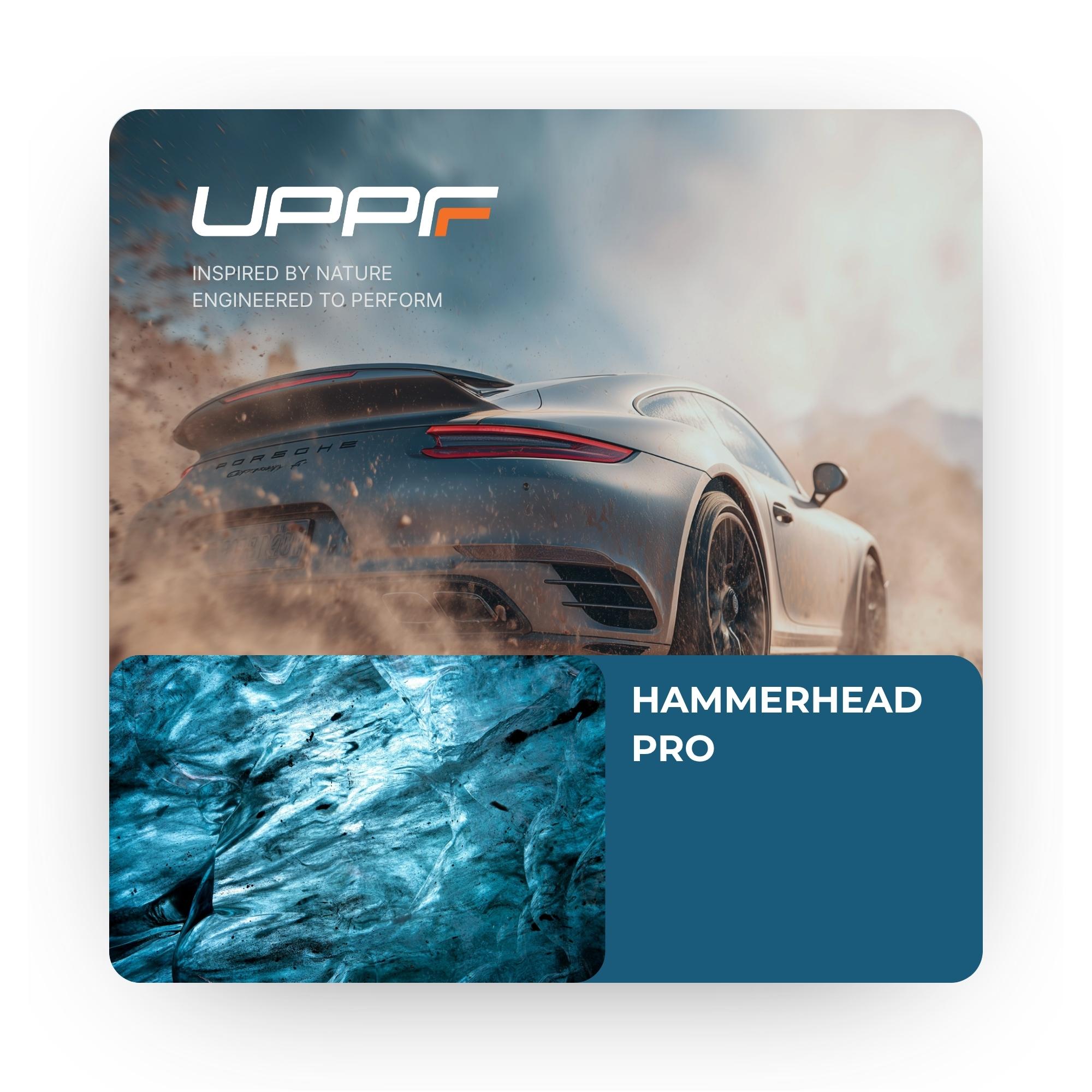



Share:
The Gulf News Overnighter Fun Drive 2025
Race to the Clouds Colorado Springs 2025